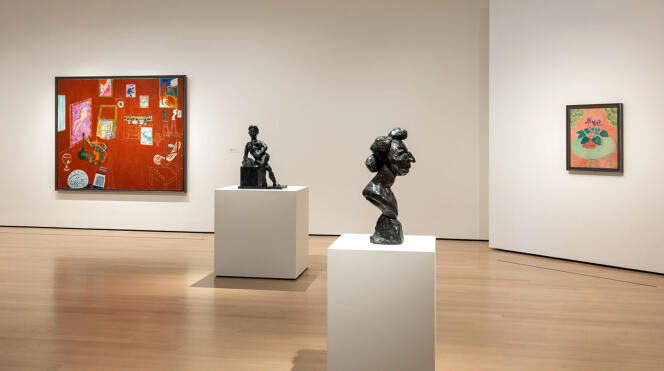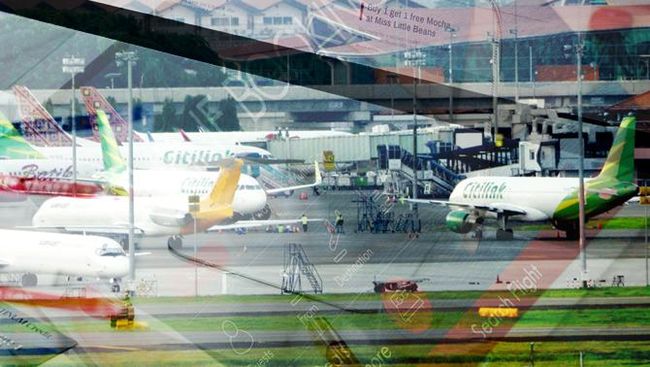
They are almost all there, the works that fill The Red Workshop, an oil on canvas by Henri Matisse from 1911. In a moving tribute to this major artist of the XXe century, the Museum of Modern Art (MoMA) in New York is bringing life back to its place of creation in Issy-les-Moulineaux, in the Hauts-de-Seine. More than a hundred years after their dispersal, ten of the eleven works of art executed by Matisse between 1898 and 1911 and present on the painting have been brought together for the first time by the museum: six paintings, two bronzes, a terracotta dish and a ceramic.
Arranged in a semi-circle around The Red Workshop, acquired in 1949 by the MoMA, these works create a subtle interplay of mise en abyme. The large number of spectators can thus immerse themselves in the contemplation of Corsica, the courtyard of the mill (1898), admirer The Young Sailor II (1906) or nude with scarf (1909) while seeking their representation in the main work. Same with the terracotta figurine Nude standing, very arched (1906-1907), recently rediscovered in the belongings of Jean Matisse, one of the artist’s sons. An attentive eye will also be able to admire how the painter has reinterpreted his Luxury II (1907) by dressing its characters in red. The only thing missing is this nude on a pink background which appears on the left in The Red Workshop and which he had requested be destroyed after his death.
This canvas is like a self-manifesto. It’s another way for him to do a self-portrait. Ann Temkin, Chief Curator at MoMA
If Matisse is not physically present in the work, he is nevertheless everywhere. “This painting is like a self-manifesto, says Ann Temkin, MoMA’s chief curator of paintings and sculpture. It’s another way for him to do a self-portrait. » When the painter moved to Issy-les-Moulineaux in 1909, he was about to turn 40. He lives and works in Paris, in the former convent of the Sacred Heart. But the sale of the building forces him to look for another place where he will have enough space to design two of his future masterpieces, Dance et The music (1910), purchased from him by his main patron, the Russian businessman Sergei Chtchoukine.
The artist turned to the suburbs, which were more financially affordable, and his choice fell on 42 de la route de Clamart (now 92 avenue du Général-de-Gaulle), in Issy-les-Moulineaux, a pretty Second Empire residence surrounded by a huge garden. He will be a tenant before becoming an owner. It was there, in the middle of lush vegetation, that Matisse had a new studio built, for which he drew the plans, visible in the exhibition. Built by La Compagnie des constructions démontables et hygienics, the building measures ten meters by ten, with high wooden walls. Skylights and an almost entirely glazed wall bring in the light.
You have 46.71% of this article left to read. The following is for subscribers only.
–


